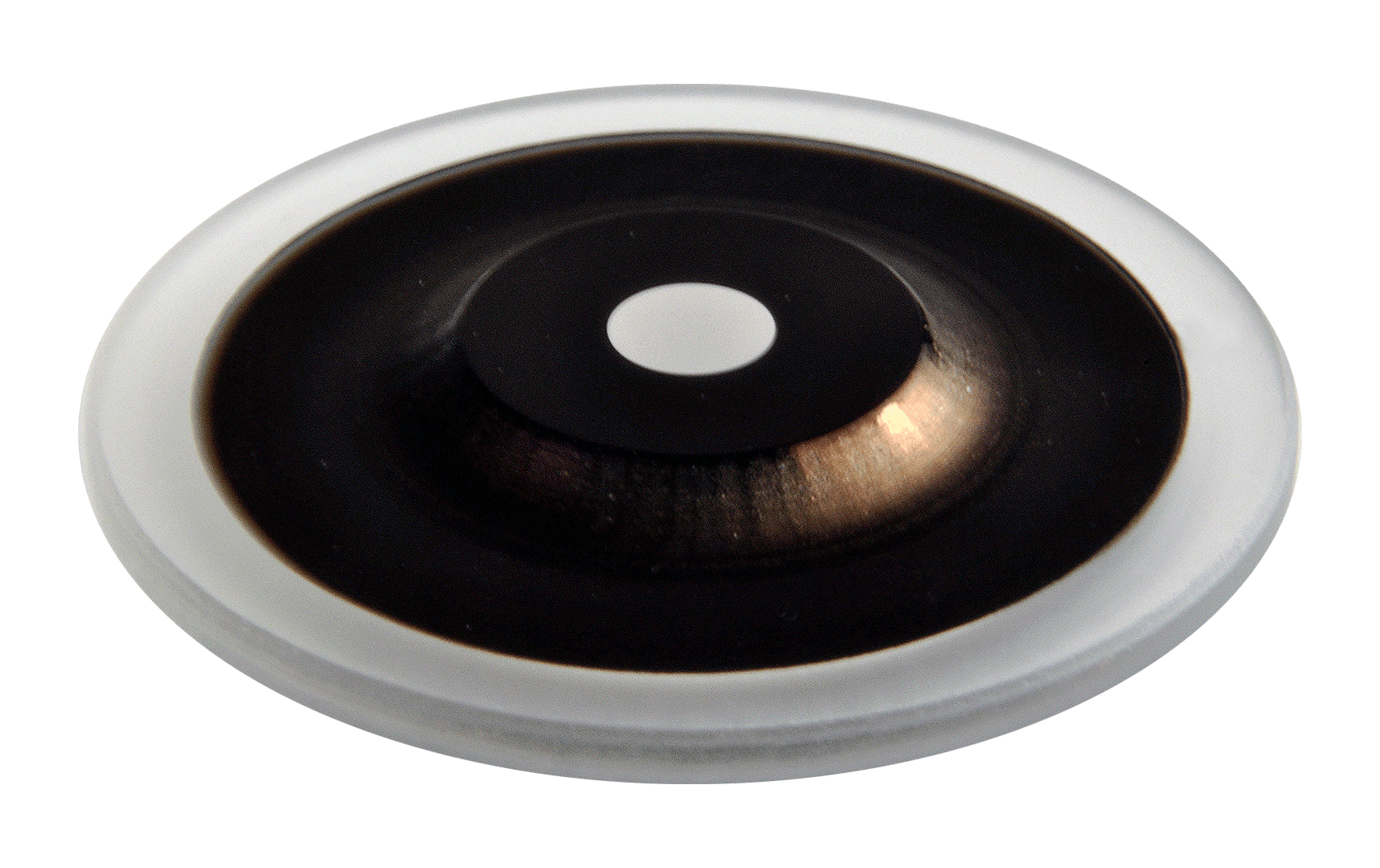Custom patterned lenses for the Aerospace Industry
Custom patterned lenses for the Aerospace Industry
Aerospace
Opto-Line’s coatings and patterns for the Aerospace Industry have withstood the test of time and the elements of space.
Opto-Line has provided various custom patterns typically utilizing our low-reflecting black chrome. For Aerospace applications, our precision pattern and coatings are often found in systems created by the most well-known companies.
Many of our aerospace reticles are used in sun angle sensor systems on satellites. Our durable black chrome has a Rave <5% over the visible spectrum and has been a tried-and-true coating for decades. But it is not only the coating that separates Opto-Line from other companies but the precision we can accomplish in the detailed patterns. Please contact us to find out how we can partner with you on your next project.


Juno to Jupiter
Adcole Spinning Sun Sensors
Opto-Line’s low reflecting black chrome aperture is a critical component of Adole’s sun sensor used in this satellite’s expedition to Jupiter. Our aperture is directly exposed to the harsh space environment; a true testament to its durability and longevity.
Launched: August 5, 2011
Jupiter Arrival: July 4, 2018
Jupiter Orbit: 37 Orbits [20 months]
Max Speed: 160,000 mph when approaching Jupiter
Distance Traveled: 1.74 Billion Miles. The most distant solar-powered space probe ever flown
Onboard: Adcole spinner sun sensors customized for Jupiter’s intense radiation & charging environment

Sun Sensors
A sun sensor is a device to measure the incident angle of the sun rays when they go through a small window. Thanks to this characteristic, the sensor can measure the Sun position or other light sources regarding to the sensor position.
The sun sensor is operated based on the entry of light into a thin slit on top of a rectangular chamber whose bottom part is lined with a group of light-sensitive cells. The chamber casts an image of a thin line on the chamber bottom. The cells at the bottom measure the distance of the image from a centerline and determine the refraction angle by using the chamber height.
The cells are operated based on the photoelectric effect. They convert the incoming photons into electrons and hence voltages which are in turn converted into a digital signal. When two sensors are placed perpendicular to each other, the direction of the sun with reference to the sensor axes can be calculated.

We'd love to hear from you. Please tell us more about your custom optical pattern needs.
Tags: aerospace defense coatings and patterns aerospace optics aerospace coatings companies